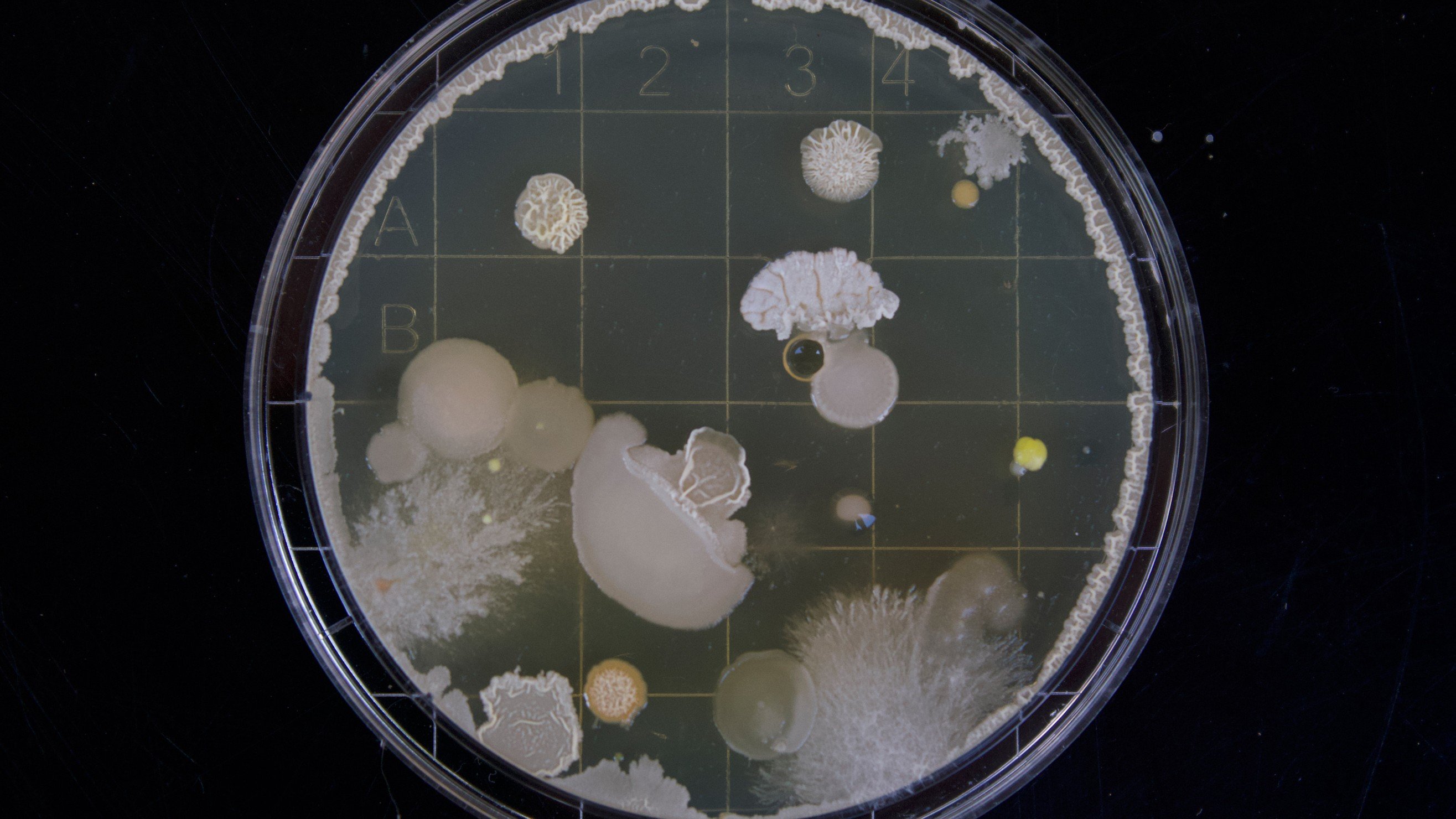› Forums › General › News (General) › The scientists who are creating a bio-internet of things
Tagged: Sensors_H2, Tech_G15
- This topic has 1 voice and 0 replies.
-
AuthorPosts
-
-
January 6, 2020 at 6:04 am #38442
#News(General) [ via IoTGroup ]
Headings…
Biotechnology
Auto extracted Text……

Imagine designing the perfect device for the internet of things.
It must be able to store and process information.
They point out that bacteria communicate effectively and have built-in engines and sensors, as well as powerful information storage and processing architecture.
Why not use bacteria to create a biological version of the internet of things?
The way bacteria store and process information is an emerging area of research, much of it focused on the bacterial workhorse Escherichia coli.
These (and other) bacteria store information in ring-shaped DNA structures called plasmids, which they transmit from one organism to the next in a process called conjugation.
This kind of information transmission occurs all the time in the bacterial world, creating a fantastically complex network.
But Tavella and co’s proof-of-principle experiment shows how it can be exploited to create a kind of bio-internet, say Kim and Poslad.
E. coli make a perfect medium for this network.
They store information in DNA and process it using ribosomes.
coli to glow in the dark, among other things.
This kind of biohacking is becoming relatively common and shows the remarkable potential of a bio-internet of things.
“Harbouring DNA that encode useful hormones, for instance, the bacteria can swim to a chosen destination within the human body, [and] produce and release the hormones when triggered by the microbe’s internal sensor,” they suggest.
And therein lies one of the problems with a biological internet of things.
The conventional internet is a way of starting with a message at one point in space and re-creating it at another point chosen by the sender.
Kim and Poslad’s bio-internet, on the other hand, offers a way of creating and releasing a message but little in the way of controlling where it ends up.
Biologists have observed the process of conjugation transferring genetic material from bacteria to yeast, to plants, and even to mammalian cells
Read More..
AutoTextExtraction by Working BoT using SmartNews 1.02976805238 Build 26 Aug 2019
-
-
AuthorPosts
- You must be logged in to reply to this topic.
